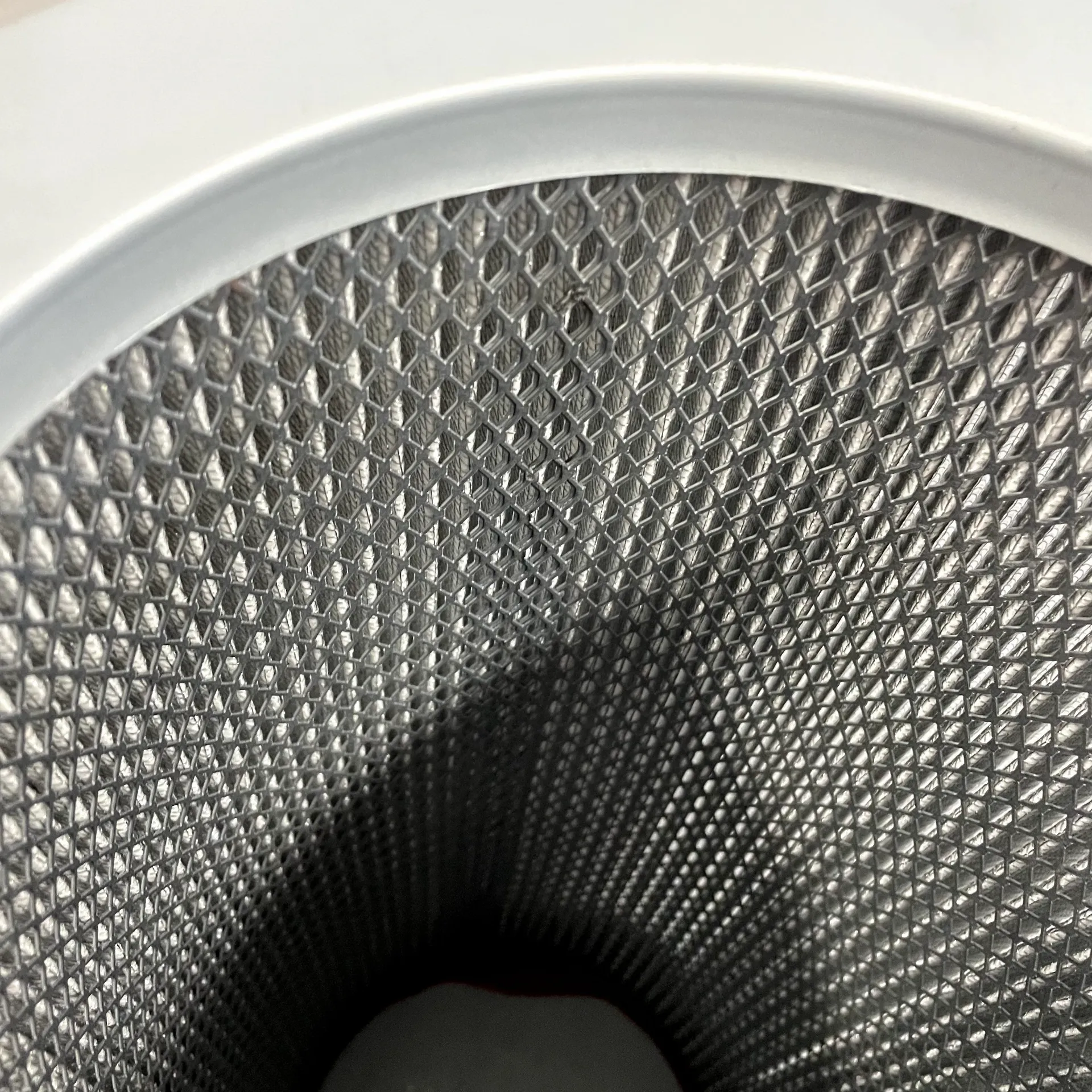 Tel:
+8615930870079
Tel:
+8615930870079
Dez . 12, 2024 20:00 Back to list
dust cartridge
Understanding Dust Cartridge Filters Essential Components for Clean Air Systems
In today's world, where air quality has become a significant concern, the importance of effective filtration systems cannot be overstated. Among the various types of filters used in industrial and commercial settings, dust cartridge filters play a crucial role in maintaining clean air. This article explores what dust cartridge filters are, their applications, benefits, and maintenance tips.
What is a Dust Cartridge Filter?
A dust cartridge filter is a type of air filtration device designed to capture and collect dust and particulate matter from the air. These filters are typically cylindrical in shape and made from advanced synthetic materials or fiberglass, which provide high filtration efficiency. The design enables them to have a large surface area, allowing for greater absorption of pollutants while minimizing airflow resistance.
Applications of Dust Cartridge Filters
Dust cartridge filters are widely used in various industries, including
2. Food Processing In food manufacturing plants, maintaining high air quality is essential for product safety. Dust cartridge filters help eliminate flour dust and other airborne particulates, thereby maintaining hygiene standards.
3. Pharmaceuticals In the pharmaceutical industry, air cleanliness is critical. Dust cartridge filters aid in producing sterile conditions by capturing harmful particles and microbes that could contaminate medications.
4. Woodworking In woodworking shops, sawdust can accumulate quickly. Dust cartridge filters are effective in collecting wood particles, which not only improves air quality but also protects machinery from dust buildup.
Benefits of Dust Cartridge Filters
1. Efficiency Dust cartridge filters can capture particles as small as 1 micron, making them highly efficient for diverse applications.
2. Cost-Effectiveness These filters typically have a longer lifespan than conventional bag filters, leading to lower replacement costs and less frequent maintenance.
dust cartridge

3. Space-Saving Design Their compact design allows for easy installation in various settings without requiring extensive modifications to existing setups.
4. Easy Maintenance Dust cartridge filters can be cleaned and reused, extending their life and reducing waste. Many systems allow for automated cleaning, which minimizes labor and downtime.
5. Environmental Impact By effectively removing airborne pollutants, dust cartridge filters contribute to improved indoor air quality, promoting healthier workplaces and reducing the risk of health issues associated with poor air quality.
Maintenance Tips for Dust Cartridge Filters
To ensure optimal performance and longevity, regular maintenance of dust cartridge filters is crucial
1. Routine Inspection Regularly check filters for signs of wear or damage. Look for tears, punctures, or significant clogging, which can impede performance.
2. Cleaning Depending on the application, filters may require periodic cleaning. Use appropriate methods such as reverse air flow or vibration techniques to remove collected dust without damaging the filter material.
3. Replacement Schedule Follow manufacturer guidelines regarding lifespan and replacement schedules. Setting a routine can prevent unexpected failures and maintain consistent air quality.
4. Monitor Airflow Keep an eye on airflow rates. A significant drop can indicate that the filter is clogged and needs cleaning or replacement.
5. Operator Training Ensure that personnel are trained in filter maintenance and aware of the importance of air quality, encouraging proactive upkeep.
Conclusion
Dust cartridge filters are essential components for achieving clean air in various industrial applications. Their efficiency, cost-effectiveness, and ease of maintenance make them a preferred choice among many businesses. By understanding their function and implementing proper maintenance practices, organizations can ensure a healthier, safer environment for their workers while complying with air quality regulations. With increasing awareness of air quality issues, investing in reliable filtration systems is more crucial than ever.
-
Types and Applications of Air Filtration CartridgesNewsJul.28,2025
-
The Role of Gas Turbine FiltersNewsJul.28,2025
-
Mastering Air Filter Cartridge UseNewsJul.28,2025
-
Advanced Turbine Filters for Modern Gas TurbinesNewsJul.28,2025
-
Cellulose Air Filter Cartridge Advantages in Dust FiltrationNewsJul.28,2025
-
Cellulose Filters for Air Particle ReductionNewsJul.28,2025

 Email:
Email:





